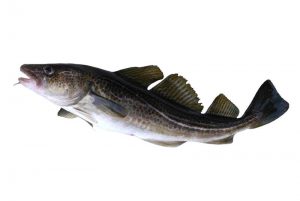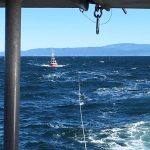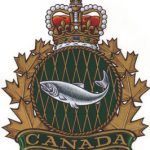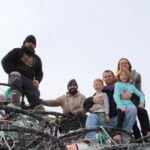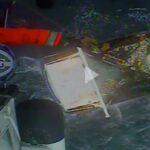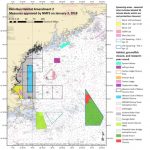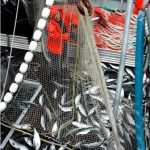Tag Archives: land-based tanks

Prince Charles, sea lice, & why salmon farming sucks – Norwegian investors hope to delouse the salmon industry with new facility in Maryland
Business media worldwide have for weeks failed to mention that fact in amplifying a July 7, 2020 announcement that the Norwegian firm AquaCon plans to build a $300 million land-based salmon farm on the eastern shore of Chesapeake Bay. Sea pen salmon farms have worn out their nets, welcome, and often their investment return ratios from Puget Sound to coastal Scotland and Scandinavia. Factory-farming salmon in land-based tanks promises to avoid some of the issues afflicting the aquaculture industry. Land-based salmon farms, for instance, may be better able than sea pen farms to control the disease outbreaks and pollution that have become hallmarks of the land-based salmon industry. >click to read< 13:01

Comment Period Extended for Nordic Aquafarms
DMR is accepting comments solely about the potential impacts of the proposed dredging operation on fishing in the area to be dredged and on impacts to the fishing industry of the proposed route to transport dredge spoils to Mack Point in Searsport where material will be offloaded and transported to an approved upland disposal site. This facility will require the construction of intake and discharge pipes which will be buried across intertidal and shallow sub-tidal lands to a maximum depth of 10 feet with a minimum of 5 feet of cover. >click to read< 09:52
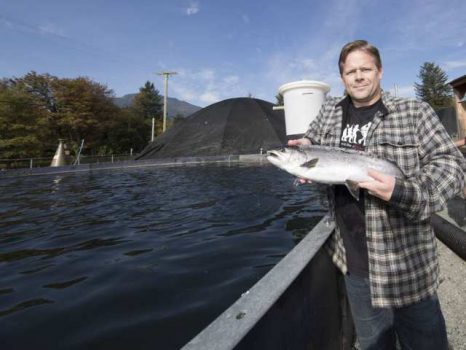
Growing pains as companies try to move fish farms from ocean to land
Each time the food dispenser starts up at Golden Eagle Aquaculture, the water boils with supple, perfect coho salmon. They are Ocean Wise recommended and a Seafood Watch green light best choice — a conservationist’s dream. The flesh is invitingly red, delicious and rich in omega-3s. Land-based tanks are dimly lit to simulate winter light levels in order to trick the fish into growing faster, while delaying sexual maturity. It is one of many tricks needed to grow salmon outside the ocean, its natural environment. >click to read<17:20
Is There a Better Way to Farm Fish?
 Aquaculture is a huge industry. In 2014, for the first time, more than half of all seafood consumed by humans came from fish farms, with salmon among the most farmed species. But aquaculture is also contentious — in large part because of the problems with existing open-net pens. Yet Jeremy Dunn, executive director of the BC Salmon Farmers Association, says the industry is already starting to move away from open-net pens. While Dunn says 90 per cent of new investment globally is in variations on the technology, leading salmon-farming countries such as Norway are investing in hitherto unfeasible technologies, such as land-based tanks and recirculating aquaculture systems. click here to read the story 10:54
Aquaculture is a huge industry. In 2014, for the first time, more than half of all seafood consumed by humans came from fish farms, with salmon among the most farmed species. But aquaculture is also contentious — in large part because of the problems with existing open-net pens. Yet Jeremy Dunn, executive director of the BC Salmon Farmers Association, says the industry is already starting to move away from open-net pens. While Dunn says 90 per cent of new investment globally is in variations on the technology, leading salmon-farming countries such as Norway are investing in hitherto unfeasible technologies, such as land-based tanks and recirculating aquaculture systems. click here to read the story 10:54

































